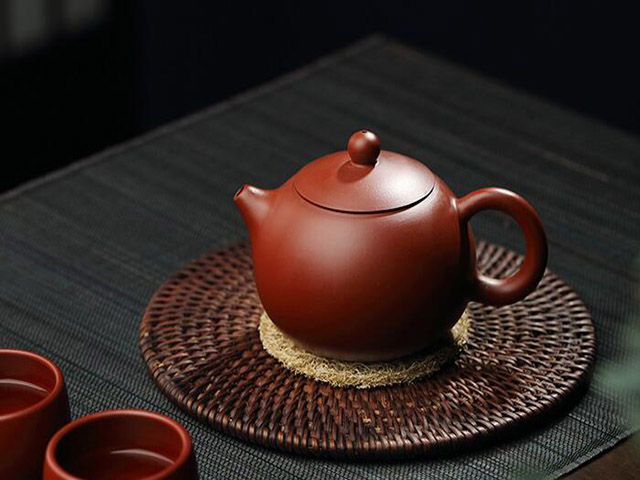Zisha teapots, also known as “purple clay” teapots, are a type of traditional Chinese teapot made from a unique type of clay found in the Yixing region of China. These teapots are highly prized for their beauty, craftsmanship, and ability to enhance the flavor of tea. However, they are also known for their high cost, which can make them out of reach for many people.
In this post, we’ll explore the reasons why zisha teapots are so expensive, including their history, production process, art and craftsmanship, and value and rarity.
The history of zisha teapots
The origins of zisha clay can be traced back to the Ming Dynasty (1368-1644), when it was first discovered in the Yixing region. The unique properties of this clay, including its fine texture and ability to retain heat, made it ideal for making teapots.
Zisha teapots were traditionally used in traditional Chinese tea ceremonies, where they were appreciated for their ability to enhance the flavor of the tea. They were also considered to have cultural and historical significance, and were often given as gifts to Chinese emperors and dignitaries.
The production process of zisha teapots
The process of mining and preparing zisha clay is labor-intensive and time-consuming. The clay is extracted from the earth, washed, and then dried in the sun. After that, it is ground into a fine powder and mixed with water to form a paste.
The traditional method of shaping and sculpting zisha teapots is by hand, which requires a high level of skill and precision. The artisan will use a combination of hand tools and traditional techniques to mold and shape the clay into the desired form.
Nowadays, the use of molds has been introduced and this, might also be a factor in the production cost . Even with the use of molds, each teapot still requires a high level of hand finishing, glazing, and firing.
The art and craftsmanship of zisha teapots
The unique artistic qualities of zisha clay allow for intricate designs and patterns to be created on the surface of the teapot. The clay’s porous nature also allows for a better infusion of tea, resulting in a richer flavor.
Making a high-quality zisha teapot requires a great deal of skill, time and dedication. The final product is a true work of art that can last for many years, even decades, if taken care of properly.
There are notable artists and craftsmen in this field that also contributes to the final price of a teapot.
The value and rarity of zisha teapots
The value of zisha teapots is largely due to the combination of their unique properties, history, and craftsmanship. High-quality zisha teapots are considered works of art, and can be highly prized by collectors.
The rarity of high-quality zisha teapots also plays a role in their cost. Due to the labor-intensive production process and the limited supply of zisha clay, high-quality zisha teapots are relatively rare and can command high prices.
When comparing the cost of zisha teapots to other types of teapots and luxury items, they may seem expensive, however they are worth the investment in terms of its unique teapot.
In addition to the reasons previously mentioned, the value and rarity of zisha teapots also contribute to their high cost. High-quality zisha teapots are considered works of art, and can be highly prized by collectors. They are crafted by experienced artisans and their value increases due to the level of difficulty and complexity of the production process.
Due to the limited supply of zisha clay, and the labor-intensive nature of crafting each teapot, high-quality zisha teapots are relatively rare and can command high prices. These factors, combined with the historical and cultural significance of zisha teapots, make them not only a functional object, but also a valuable and sought-after investment for tea enthusiasts and collectors.
It’s important to note that there are different grades of zisha teapots, with varying prices, quality, and craftsmanship. A teapot made by a master potter will be priced higher than a teapot made by a less experienced craftsman. Some teapots are also priced higher due to the level of intricacy and artistic merit of their design.
In summary, the value and rarity of zisha teapots are important factors that contribute to their high cost. They are not just any simple functional object, they are an art piece, valuable and sought-after investment and a representation of Chinese culture.
Conclusion
In conclusion, zisha teapots are expensive because of the unique properties of zisha clay, the labor-intensive production process, the art and craftsmanship that goes into making each teapot, and their rarity and value as collectible items.
If you’re considering purchasing a zisha teapot, be prepared to invest in a piece that is not only functional but also a work of art. It’s important to research different manufacturers and sellers, and to understand the various grades of zisha teapots in order to make an informed purchase.
For those who are interested in learning more about zisha teapots, there are plenty of resources available online, including articles, videos, and forums where enthusiasts can share their knowledge and experiences.
If you own or have owned a Zisha Teapot, please feel free to share your experiences with it, or any questions you may have.



